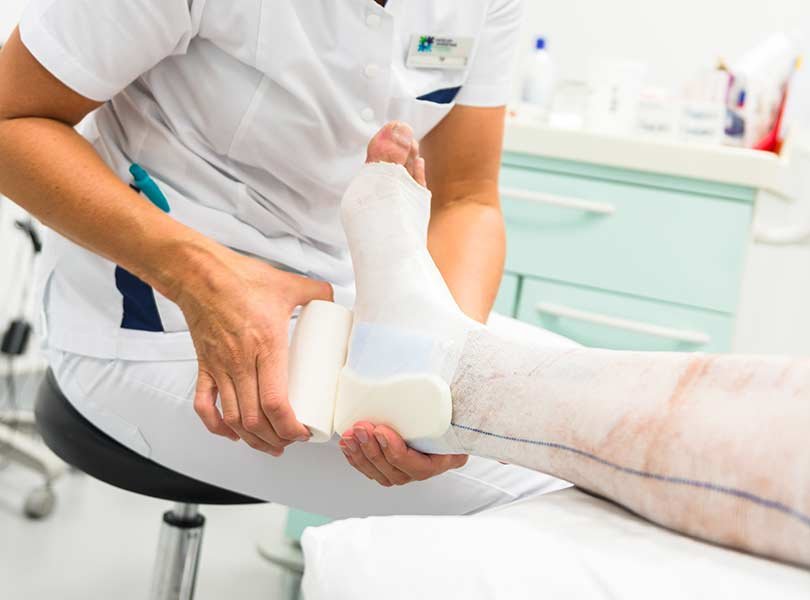Varicose veins, also known as varicose or varicosities, occur when your veins become enlarged, dilated, and overfilled with blood. Varicose veins typically appear swollen and raised, and have a bluish-purple or red color. They are often painful.
The condition is very common, especially in women. Around 25 percent of all adults have varicose veins. In most cases, varicose veins appear on the lower legs.
Symptoms of varicose veins
The primary symptoms of varicose veins are highly visible, misshapen veins, usually on your legs. You may also have pain, swelling, heaviness, and achiness over or around the enlarged veins.
Treating Varicose Veins
In some cases, you can develop swelling and discoloration. In severe cases, the veins can bleed significantly, and ulcers can form.
In general, doctors are conservative when treating varicose veins. You’ll probably be advised to make changes to your lifestyle, instead of trying more aggressive treatments.
Lifestyle changes
The following changes may help prevent varicose veins from forming or becoming worse:
• Avoid standing for extended periods of time.
• Lose weight or maintain a healthy weight.
• Exercise to improve your circulation.
• Use compression socks or stockings.
If you already have varicose veins, you should take these steps to prevent new varicose veins. You should also elevate your legs whenever you’re resting or sleeping.
Compression
Your doctor may advise you to wear special compression socks or stockings. These place enough pressure on your legs so that blood can flow more easily to your heart. They also decrease swelling.
The level of compression varies, but most types of compression stockings are available in drugstores or medical supply stores.
Other Treatment Ways
Currently, a wide variety of minimally invasive treatment options for varicose veins are available. These include:
sclerotherapy, using a liquid or foam chemical injection to block off a larger vein
microsclerotherapy, using a liquid chemical injection to block off smaller veins
laser surgery, using light energy to block off a vein
endovenous ablation therapy, using heat and radiofrequency waves to block off a vein
endoscopic vein surgery, using a small lighted scope inserted through a small incision to block off a vein
You should always talk to your doctor about your treatment options and the risks before choosing a method. The method recommended can depend on your symptoms, size, and location of the varicose vein.
Spider Veins
Spider veins are smaller, red, purple, and blue vessels that also twist and turn. Spider veins are easily visible through the skin, as well. They are typically visible on the legs and face.
Treatment
Support stockings
The most conservative approach is simply to wear properly-fitting support hose, especially when the veins cause painful or uncomfortable symptoms. These stockings can generally be purchased at any surgical supply store and at some pharmacies. They come in below-the-knee, above-the-knee, and pantyhose styles.
Radiofrequency occlusion
A small catheter is inserted into the vein. The catheter delivers radiofrequency energy to the vein wall, causing it to heat, collapse, and seal shut. The procedure is generally done in an outpatient or office setting, sometimes under local anesthesia.
Not everybody with varicose or spider veins has pain or other symptoms. They might want the veins removed, however, for cosmetic reasons.


